Chauffeur Safety Protocol
Safety first
At iChauffeur, our number one priority is always the safety and wellbeing of our passengers, chauffeurs and colleagues.
Coronavirus (COVID-19) Guidance
Driving you safer, with a comprehensive and detailed chauffeur safety protocol with coronavirus (COVID-19) specific safety measures.
Overview
These are some of the key things we expect from our chauffeurs during the pandemic. Our chauffeurs are expected to read, understand, and practice this procedure. With an overall goal of reducing physical touch, meticulous sanitisation and managing the social distancing of you and your passengers.
Take charge
It is vital that the chauffeur take charge of the journey from start to finish so that safety standards are maintained.
Risk assessment
Prior to every journey. Are you safe? Will you be able to keep the client safe? Is your vehicle in good order? Does the route, or any collection or destination addresses pose any threats. Such as a tight alleyway. How about meeting your client round the corner if that looks safer. Use Google Maps Street View to give any address reconnaissance. Any doubts call the office.
Double Clean
‘Double Clean’, our MINIMUM Sanitisation Standard.
- Wash
- Sanitise (with secondary UVC disinfection if available)
- Offer to sanitise clients’ luggage
- Journey
- Sanitise (with secondary UVC disinfection if available)
- Repeat
Social distancing
Both in and outside your vehicle, help the client maintain a 2 metre safe social distance from you, and others. Chauffeur & passenger will always be 2m apart, if not then should face away from one another when engaging in any conversation. We will remind passengers about the importance of social distancing. But ultimately, you are in charge. Own it. Take control, and keep you and your passengers safe.
Don’t touch
Remote door opening by key/dash preferred. Do not let clients touch the door handles where possible. Do not ring the client’s doorbell etc. Reduce touch to a minimum.
Face coverings – for both you and your passengers
The latest scientific advice suggests that, although face coverings are unlikely to prevent an individual from getting the coronavirus, they can help prevent someone who is infected from infecting others.
Face coverings are particularly important where two metre social distancing is hard to maintain, for example when travelling on public transport. TfL are currently mirroring the Government’s public transport guidance.
- You are required to wear a face covering at all times when in your vehicle.
- You are required to offer passengers new face coverings.
- Passengers should wear a facial covering for the duration of the journey including entry and exit of the vehicle.
- But facial coverings should not be used by children under the age of three, or by people who may find them difficult to manage correctly. For example, unassisted primary age children.
- Disabled people and those with breathing difficulties are also exempt from wearing a face covering.
You can refuse to carry any passenger who is not wearing a facial covering. But please take into account any mitigating circumstances such as the age of the child.
Separate Pen & Paper – for both you and your passengers
You must carry pen and paper to help communication with some passengers (e.g. someone who lip reads, someone who has a hearing impairment). Separate pen and paper should be available for the driver and passengers.
Do not wear gloves
The routine use of gloves is not recommended for chauffeurs. However, you can use them to protect your hands during cleaning and sanitisation. But great care needs to be taken to remove and dispose of them safely. Do not wear gloves while in the vehicle.
No lengthy discussions
For your own safety we recommend you avoid getting into a lengthy discussion with passengers.
Additional passengers
We will notify you if more than one passenger is on the booking (e.g. additional people from the same household). It is always your choice whether or not you wish to undertake the journey. But ultimately use your best judgement. Safety first.
Overview
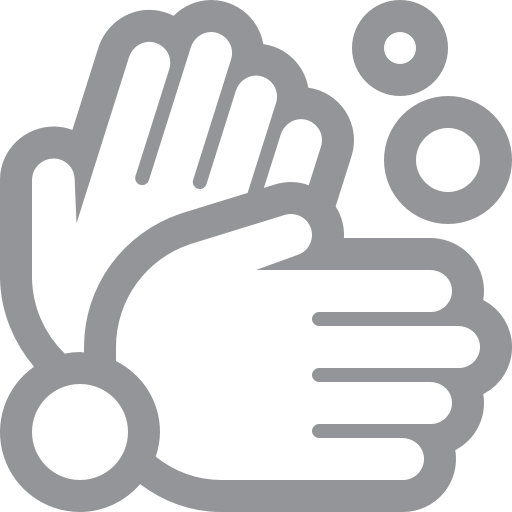
Wash your hands
Please wash your hands before and after each journey
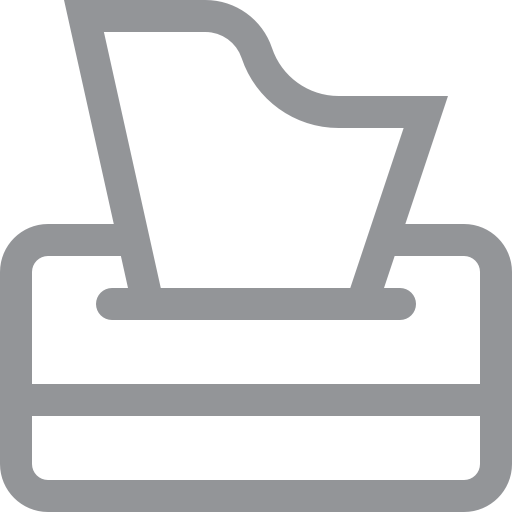
Tissues
Ensure you have plenty of tissues for Clients
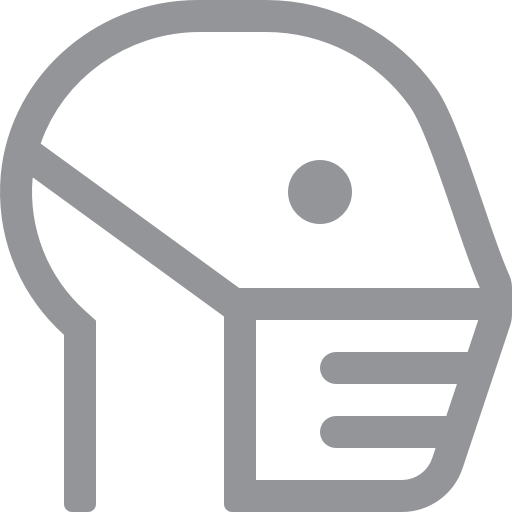
Facial masks
Always wear a facial mask in the vehicle
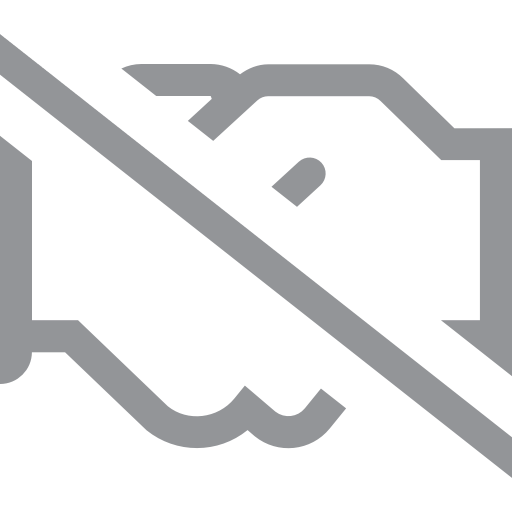
No handshaking
No handshaking or physical touch
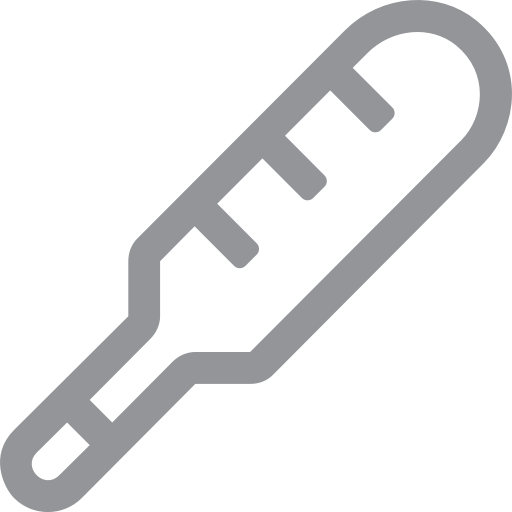
Temperature Check
Send your current temperature at 5pm before journey
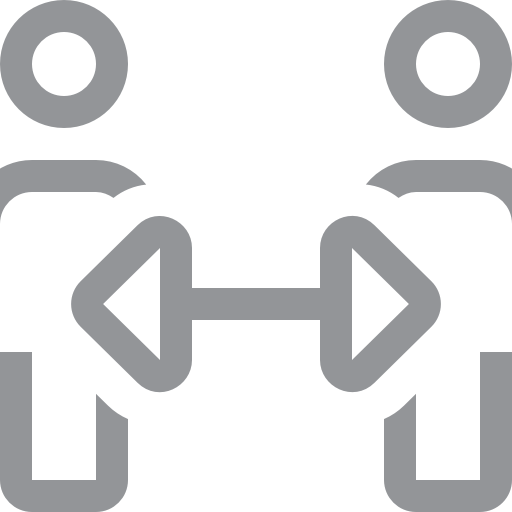
Social distancing
Maintain 2m social distancing outside the vehicle. Take charge!
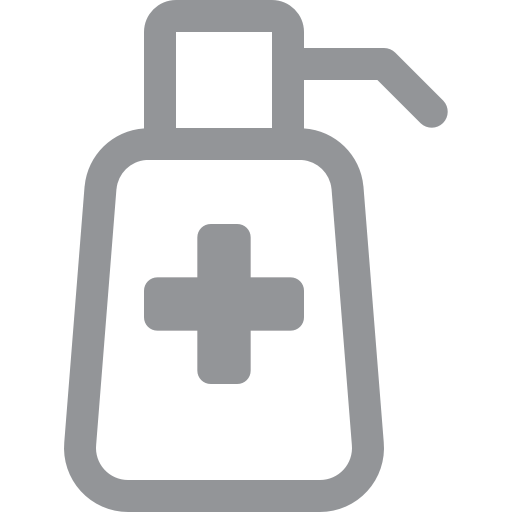
Hand sanitiser
Offer the client hand sanitiser
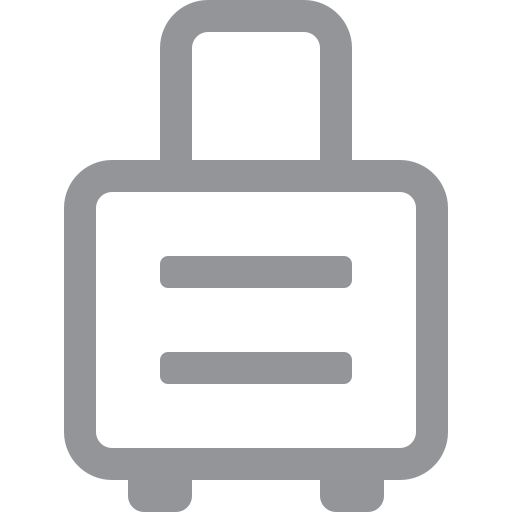
Luggage sanitisation
Offer to sanitise any luggage or personal items
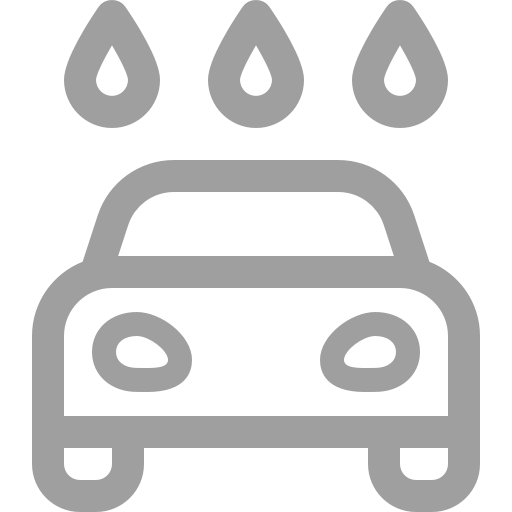
Car wash
Full car wash before any journey

Remote operation
Use remote door/boot opening when possible

No facing passengers
Don’t let passengers face each other

Air-conditioning to extract
Set air-conditioning to extract. Do not recirculate air

Open windows
Open windows a little to help air circulation
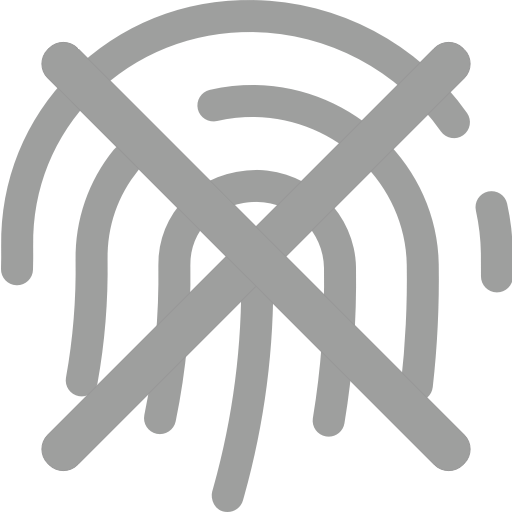
Reduce touch
Reduce all touch to a minimum for both you and your client
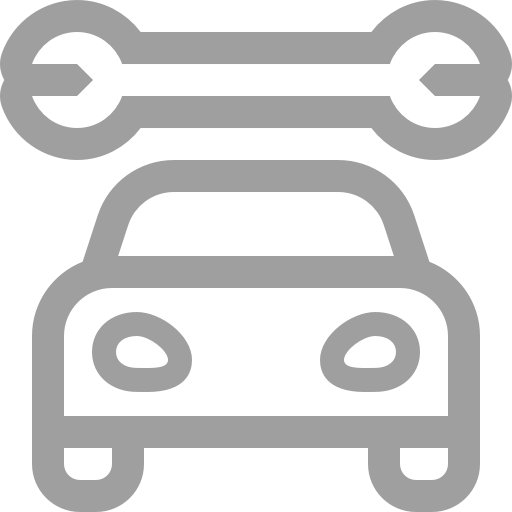
No modifications
No vehicle modifications
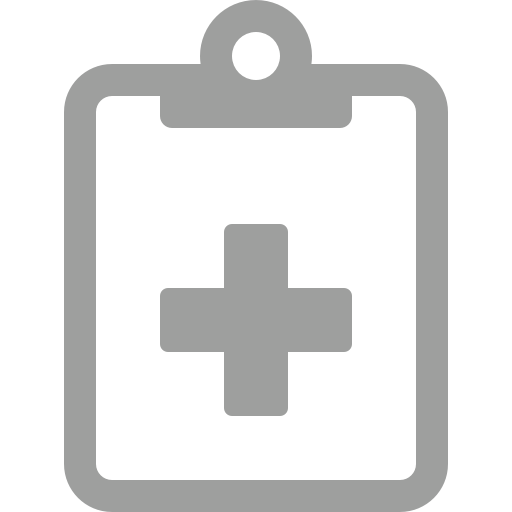
Risk assessment
Complete a risk assessment before journey
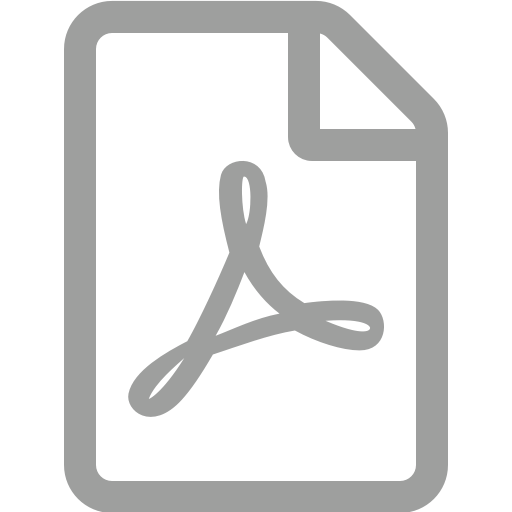
TfL guidance
Make sure you understand and follow the latest TfL guidance.

Pen and paper
Have a pen and paper for you and your passengers.

Touch-point sanitisation
Double Clean touch-point sanitisation before & after each journey
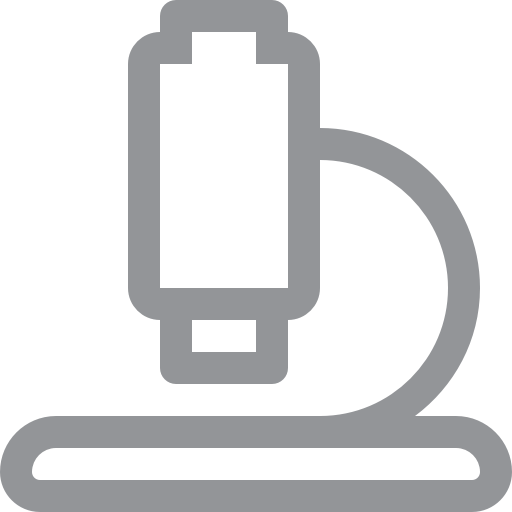
Covid-19 test
Some clients may request a Covid-19 test
Step-by-step Procedure
Our detailed chauffeur procedure for all journeys during the pandemic
Chauffeurs are to follow the step by step process as detailed below:
Step 1 – How are you?
Prior to any journey please do a self evaluation of your health. Are you tired? Hot/cold? Are you calm? Your overall physical and mental health? Anything else?
Do you have any of the following symptoms. If in doubt, call the office. These questions are repeated the day before the booking.
Health Questions
What have been your travel movements over the last 2 weeks?
Are you experiencing any of the following?
- High temperature, do you feel hot to touch on your chest or back, chauffeurs DO need to take their temperature
- Loss of taste or smell
- New continuous cough, which means coughing a lot more than an hour, or 3 or more coughing episodes in 24 hours (if you usually have a cough, your cough is worse than usual)
Step 2 – Send temperature reading
At 5pm, the day prior to the booking, we ask the passenger and chauffeur the same questions again (even if they answered all the questions the day before) The chauffeur emails his temperature to the office which is then sent to the passenger.
If you have any of the COVID-19 symptoms, stay at home and self isolate for a minimum of 7 days. Obviously seek medical help if you feel you need it.
Step 3 – Wash hands
Thoroughly wash your hands with warm water and soap or hand sanitiser with an alcohol content of 60% or higher
Step 4 – Wash vehicle
After checking tyres, water etc wash your vehicle. We recommended a manufacturer approved detergent and buckets with grit guard. Chamois finish to a shine.
Step 5 – Sanitise vehicle
Put on sterile gloves and a sterile mask. Take your sanitising spray and or spray with warm water and soap and proceed to sanitise your vehicle.
Focus on all hot spots, the vehicle’s touch points.
- car keys
- door handles (interior and exterior)
- head rest
- car seats and floor
- the back of the car front seats
- gear stick
- central console
- phone charging devices
- window controls
- steering wheel
- Any child/infant seats if applicable
Step 6 – Secondary UVC Light Disinfection
Secondary sanitisation (If you are involved in the UVC trial).
Once you have thoroughly sanitised the vehicle with sanitising spray and/or warm water and soap then proceed to a secondary sanitisation with your UV wand.
The wand needs a minimum of 10 seconds exposure to all ‘hot spot’ areas of the car:
Focus on all touch points, such as:
- car keys
- door handles, inside and out
- head rest
- car seats and floor
- the back of the car front seats
- gear stick
- central console
- phone charging devices
- window controls
- steering wheel
- If the transfer is with children please make sure the correct child/infant seats are also sanitised
Step 7 – Dispose of gloves carefully
Once you are satisfied you have thoroughly double sanitised your vehicle please then dispose of your gloves (either by washing them or throwing them away if they are not reusable)
Please take care to remove the gloves without contaminating your hands or clothing.
Step 8 – Arrival
Arriving at the pick up location
- Contact your passenger to advise them of your location and ask them to leave any luggage outside their entrance.
- Sanitise your hands and put on fresh sterile gloves
- Put on your face covering
Step 9 – Luggage and luggage trolley sanitisation
Luggage trolley Sanitisation
- Luggage trolley ( for airports//hotels/train station where a luggage trolley is used)
- For airport /station pick ups please take the luggage trolley from the passenger at the first available opportunity
- Prior to pushing the luggage trolley please offer to sanitise the luggage trolley handles with sanitising spray
Step 10 – Secondary UVC light disinfection
Luggage sanitisation (If you are involved in the UVC trial).
All luggage must be subject to sanitisation with the UV wand. Please advise your Clients that this in no way will damage their luggage , rather provide them with the added security of knowing their luggage is virus free.
Step 11 – Load luggage into vehicle
Open the boot of the vehicle with the remote control and place all luggage inside the vehicle. Close the vehicle using the remote control.
Step 12 – Offer to sanitise personal items
Offer to sanitise the Client’s personal items, such as telephone/ hand bags/laptop case. Use disposable cleaning wipes. Followed by UVC light disinfection if applicable.
Step 13 – Passenger Embarking
Client enters vehicle
- Chauffeur & passenger will always be 2m apart, if not then should face away from one another when engaging in any conversation
- Open and close passenger doors for the passenger with remote control where possible
- If the passenger is not wearing a mask please offer them one
- Offer the client hand sanitizer for the journey
- Have windows slightly open and set AirCon to extract
-
Offer client a packet of
unopened travel tissue
Step 14 – Arriving at your destination
- Exit the vehicle and open the passenger doors for your passengers electronically. Direct them to disembark kerb side, only when it is safe to do so
- Carry their luggage to the building entrance/foyer etc
- Take your sanitising spray and or spray with warm water and soap and proceed to sanitise your vehicle.
Step 15 – Vehicle check and rubbish disposal
- Thoroughly check vehicle. Has client left anything behind? Dispose of any used water bottles or tissues as well as your gloves – Do not leave them in the boot
Step 16 – Wash your hands
Thoroughly wash your hands with warm water and soap or hand sanitiser with an alcohol content of 60% or higher
Step 17 – Sanitise vehicle
Repeat Step 4. Pay close attention to the touch points. Follow with a secondary UVC treatment if applicable.




